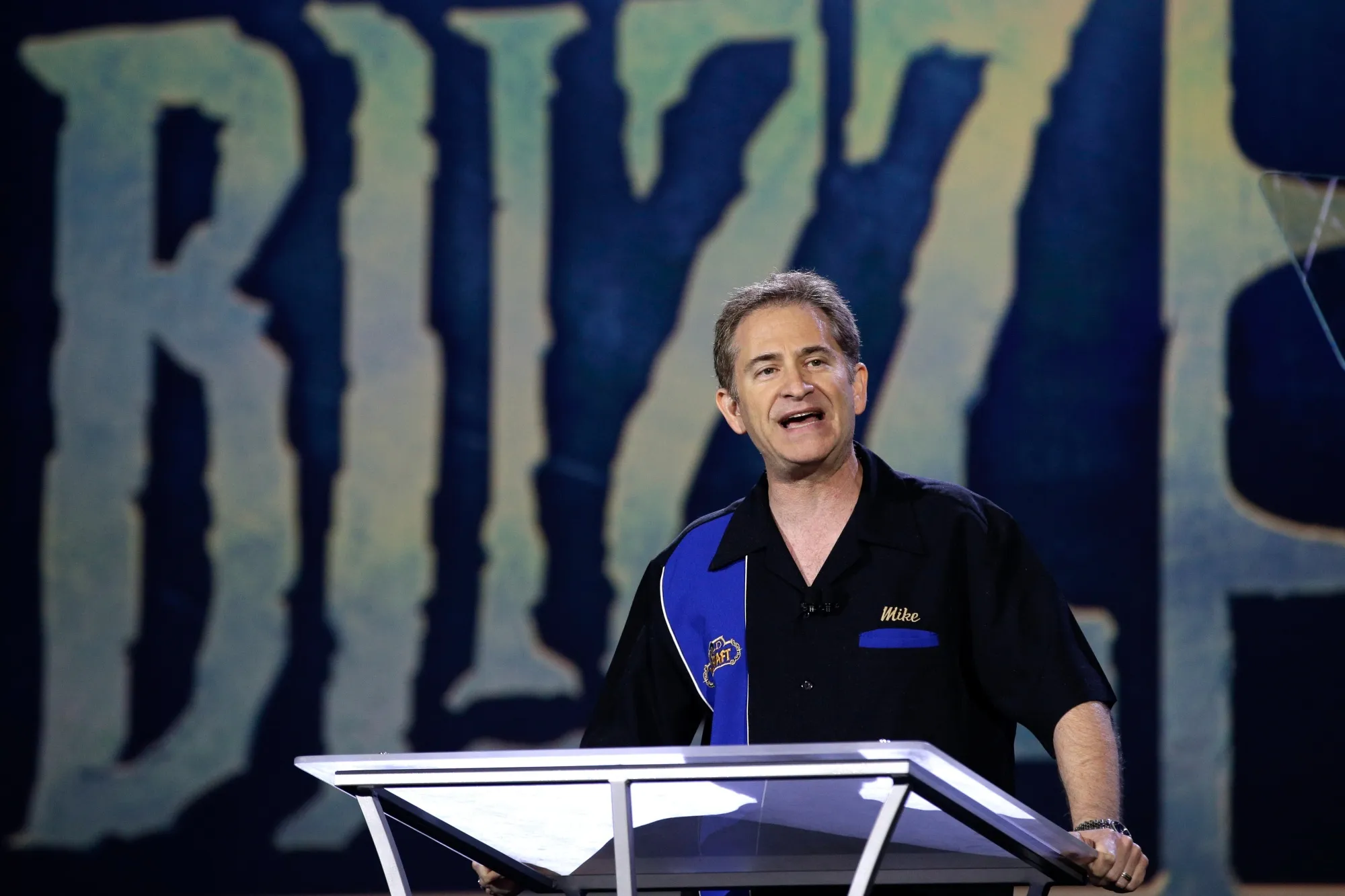When Mike Morhaime, the celebrated co-founder of Blizzard Entertainment, launched his new venture after leaving the legendary game publisher, the industry buzzed with anticipation. Gamers and investors alike expected his startup to replicate Blizzard’s magic—the same creative force behind World of Warcraft, StarCraft, Diablo, and Overwatch. Yet several years later, Morhaime’s latest chapter is unfolding in a far tougher environment, with his studio confronting steep challenges amid a saturated and slowing video game market.
A Legendary Legacy, A New Beginning
Morhaime’s reputation as a visionary was cemented during Blizzard’s golden era. Under his leadership, the studio not only produced era-defining titles but also set standards for world-building, multiplayer infrastructure, and online community engagement. When he departed Blizzard in 2018, it marked the end of an epoch.
Soon after, Morhaime co-founded Dreamhaven, a new game company designed to foster creativity without the corporate pressures that many felt had diluted Blizzard’s culture in later years. Backed by his credibility and network, Dreamhaven quickly attracted top developers and industry veterans, raising expectations that the studio would deliver the “next Blizzard moment.”
A Harsh Market Reality
But the world Dreamhaven entered is very different from the one Blizzard once dominated. The global gaming industry, after booming during the pandemic, has entered a phase of stagnation and contraction. Rising development costs, aggressive competition from independent studios, and a flood of live-service titles have created an industry glut.
In 2023 and 2024, major publishers from Electronic Arts to Ubisoft announced layoffs. Even gaming giants like Microsoft cut jobs after acquiring Activision Blizzard. The crowded release calendar and increased reliance on microtransactions have made it harder for new studios to break through—especially those without established franchises.
Dreamhaven, despite its pedigree, now finds itself competing not only with AAA publishers but also with a thriving indie scene and new entrants experimenting with artificial intelligence-driven development and user-generated content platforms like Roblox and Fortnite Creative.
The Startup Struggle
Reports suggest that Dreamhaven has faced slower-than-expected progress in launching its first titles. While the studio has multiple teams working on prototypes, no major release has yet reached the public, leading to growing skepticism about its prospects.
The absence of a hit so far underscores the stark differences between building a startup and running a giant with deep pockets like Blizzard. At Blizzard, Morhaime had access to vast resources, large teams, and an existing fan base. At Dreamhaven, success hinges on creating something new, compelling, and distinctive enough to stand out in a market drowning in options.
Moreover, investor patience in the gaming sector has thinned. With venture capital funding tightening globally, startups must show traction quickly or risk fading from relevance.
Nostalgia Versus New Frontiers
Dreamhaven’s greatest strength—the Blizzard DNA of its leadership—may also be its greatest burden. Many players expect a return to the sweeping, polished worlds Blizzard was known for. But replicating that formula requires enormous budgets and years of development, a risky proposition for a startup.
At the same time, chasing smaller, experimental titles risks disappointing fans who expect nothing less than the next Warcraft or Diablo. This tension has placed Dreamhaven in a difficult balancing act: innovate enough to feel fresh, but deliver at the scale and polish Blizzard’s veterans are known for.
Industry-Wide Challenges
The struggles of Dreamhaven are also emblematic of broader headwinds in gaming:
- Overproduction of Games: With platforms like Steam seeing thousands of releases annually, visibility has become a bigger hurdle than creativity.
- Soaring Development Costs: High-quality 3D worlds, cinematic storytelling, and live-service infrastructure require budgets that rival Hollywood films.
- Changing Player Habits: Gamers today are just as likely to spend hours in Fortnite or Minecraft—platforms that thrive on user-generated content—rather than in expensive new AAA titles.
- Economic Slowdowns: Inflation and slowing discretionary spending have made players more cautious about $70 price tags.
The Path Ahead
Despite the headwinds, Dreamhaven is far from finished. The company retains top-tier talent, investor support, and the industry clout of Morhaime himself. Analysts argue that one breakout hit could shift the narrative overnight. If Dreamhaven manages to deliver a title that taps into players’ nostalgia while offering modern gameplay innovation, it could still carve out a place in today’s landscape.
But the clock is ticking. With competition intensifying and investor scrutiny mounting, Dreamhaven must show progress soon—or risk being remembered not as a bold new beginning, but as a cautionary tale about the challenges of replicating past success in a transformed industry.
Conclusion: From Hype to Hardship
Mike Morhaime’s journey from Blizzard’s co-founder to Dreamhaven’s leader underscores how much the gaming business has changed. What once seemed like a surefire recipe for success now faces unprecedented obstacles. In an industry defined by hits, hype, and heartbreak, Dreamhaven’s struggle is a reminder that even legends are not immune to the unforgiving realities of today’s gaming economy.















